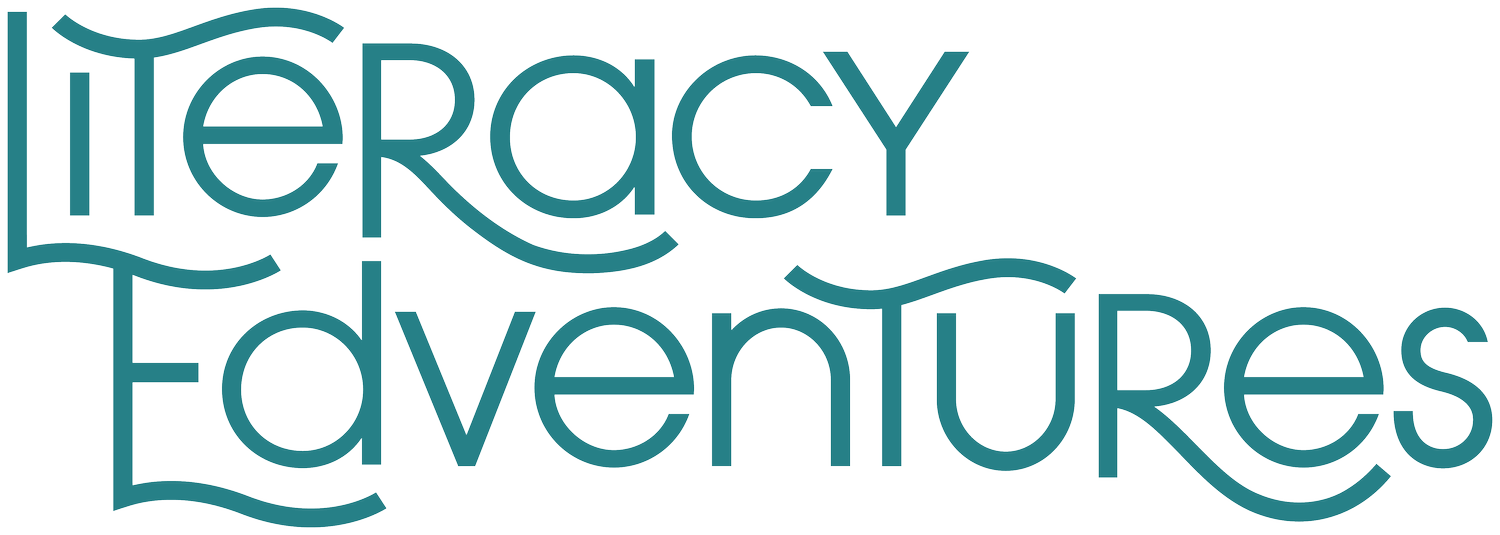Putting Dictation into Practice
I don’t know about you, but I used to think that reading and writing were not connected. Boy, was I wrong! Reading and writing go hand in hand. In fact, once I started putting dictation into my phonics lesson, things really started to click for my students.
Psssst… Don’t forget to scroll all the way to the bottom to grab a freebie to get you started!
What is dictation? And why is it important?
Dictation is an activity that offers students the opportunity to practice spelling the phonics pattern they are focusing on as well as review previously taught skills. When students dictate words or sentences, they are focusing on connecting the sound to the symbol. The research tells us that when instruction focuses on letter-sound relationships, students excel. What better way to practice than through dictation practice?
Things to remember:
Dictation should be an extension of the phonics skill that you are currently teaching.
Don’t forget the cumulative review. Make sure to pull in those previously taught skills.
Provide immediate corrective feedback.
Dictation in Action
What are the steps for dictation?
1. Dictate the sound, word, or sentence. Remind students to listen carefully to the sound, word, or sentence you are saying.
2. Ask students to repeat after you. Repeating the sound, word, or sentence will help your child retain it in their short-term memory long enough to write it down.
3. As the student begins to write, don’t correct any mistakes during this process, even if you notice they have made some.
4. Ask students to re-read their writing, pointing to each word as they read it aloud. Wait to see if they notice any errors.
5. Model and correct any incorrect sounds, words, sentences or punctuation, and give students an opportunity to fix each. Then have students read the correct sound, word, or sentence.
Common issues with dictation
In a perfect world, dictation would be this simple. BUT we all know it is not. Students will struggle and it is our job to support them along the way. Here are some common issues we see with dictation and some ways to support your students through it.
The student is struggling to repeat the sentence
Do exercises to strengthen your child’s working memory. Do this by having the student practice the sentence orally only.
Begin with shorter sentences and increase difficulty. Provide manipulatives for support.
Start adding written dictation back into your instruction as the student's working memory becomes stronger.
The student is struggling to remember the sentence after they begin writing.
Sometimes students are working so hard to spell the words in the sentence, they forget the actual sentence.
Try breaking the sentences into smaller chunks. Ask the student to repeat them as they write. Example: Sentence: Look at the fat cat on the big mat. (Look at the) (fat cat on) (the big mat) and slowly begin making the sentences longer.
The student is struggling to transfer phonics skills to writing.
Reading and writing work hand in hand. Reading often comes first. If you notice they are struggling to write a particular phonics skill, work on that skill more in your phonics lesson.
Start by dictating at the word level and gradually move to the sentence level.
Students sometimes struggle with "sight words from the sentence." Be careful not to include words that you have not mapped with your children first.
The student writes words that are not part of the dictation.
If a student writes a word that is not part of the dictation, ask the student to repeat the sentence orally, and then reread the sentence they wrote.
If the student still struggles go back to the first number on this sheet.
Often, students are distracted, but sometimes they need support with short-term memory
Free Resources
Dictation can be tough when you first get started, but once you get in the routine, it will feel like second nature. I want to support you as you are giving it a try, which is why I have several free resources for you to download and take with you today. In this free resource, you will find
A Step by Step Dictation Sheet
Dictation Cheat Sheet
Short a Dictation Helpers
Exit Slip Student Dictation Sheet
I hope that you found this post helpful and that you are excited to give dictation a try in your classroom!



